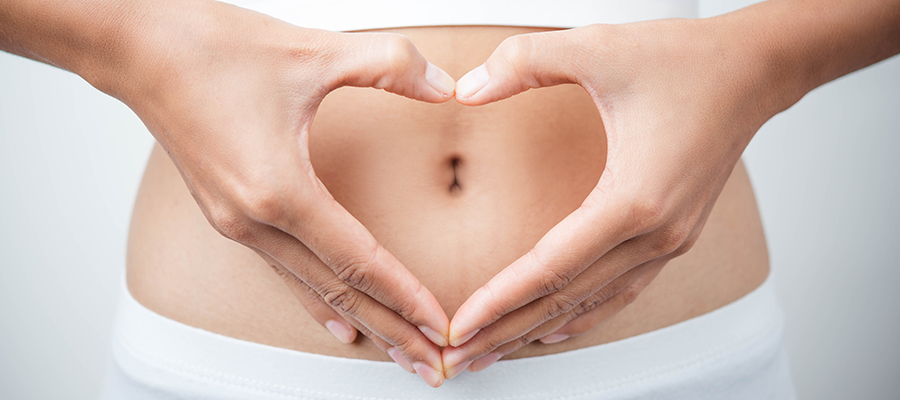


In order to maintain good reproductive and sexual health, women should visit a gynaecologist – a doctor who specializes in females’ reproductive health – for an exam about once per year. Generally, women should begin seeing a gynaecologist at the age of 21, but begin earlier if they become sexually active. After their first visit, women ages 21 to 29 should visit their gynaecologist annually to get a Pap smear. Women between the ages of 30 to 64 should generally visit every other year. Other reasons to visit a gynaecologist include seeking treatment for irregular periods, sexually transmitted infections (STIs), and vaginal infections. Women who are sexually active or are considering becoming sexually active can visit a gynaecologist to learn more about contraceptive methods.
During each exam, the gynaecologist typically asks about the woman’s sexual history and menstrual cycle. The gynaecologist also physically examines the female’s breasts and genitals. Understandably, a visit of this nature can cause some women discomfort. However, periodic gynaecological exams are crucial to sexual and reproductive health and should not be skipped. The patient’s anxiety can be significantly decreased if she knows what to expect from the visit. Prepared with the knowledge of what actually occurs during an annual exam, women often find that it can be a straightforward and rewarding experience.
Before a gynaecological exam, there are several steps that females should take to be prepared:
At the beginning of the visit, your doctor will take a history. This can include discussions about personal and family medical history, sexual history, safe sex and alternative contraceptive options. Appointments are also a great time for you to address any questions you may have, including questions about irregular periods, vaginal discharge, STIs, and pregnancy tests. Before the exam begins, you will be given a cloth gown and privacy to undress. It is perfectly normal to feel nervous about the breast and pelvic exams, since they focus on private areas of the body. However, try not to worry! These exams are routine procedures for the physician, and many women are often surprised and relieved to find out that the breast and pelvic exams are quick and relatively painless.
Your examination will start with some basic measurements such as weight and blood pressure, and an analysis of your urine. Thereafter, you will proceed to the breast exam, followed by the pelvic exam, and lastly, the ultrasound.
The purpose of the breast exam is to check for any lumps or irregularities in the breast tissue. The doctor examines the woman’s breasts by making gentle circular and linear motions with his fingers. It should feel as if the doctor is massaging your breasts and only last about a minute. If you feel discomfort or pain while the doctor is feeling your breasts, be sure to the doctor know. The doctor may also show you how to perform a breast self-exam, because it is important to check for lumps or irregularities between gynaecological visits. If you are over the age of 35, the gynaecologist may recommend mammogram screening for breast cancer.
The pelvic exam consists of the doctor inspecting the woman’s external and internal genitalia. Try to urinate before the exam because it may feel uncomfortable with a full bladder. During this exam, the woman lies down on the exam table and places her feet on the footrests to keep her knees apart. The pelvic exam can go much more easily and smoothly if the woman remains relaxed, and the exam should only last five minutes. A drape cloth that can be rested over the hips and thighs for coverage may be provided.
Here are some things that you can expect during a pelvic exam:
After the pelvic exam, your gynaecologist will do an ultrasound(sonar). This is usually done by inserting a probe, covered by a condom, into the vagina to examine the uterus, ovaries and other pelvic structures. This should not elicit any pain, although a feeling of pressure is completely normal.
The purpose of the ultrasound is to look for any abnormalities that may not be detected purely by clinical examination. Your gynaecologist will examine the walls and the lining of your uterus to look for any growths that might be causing pain or bleeding. Your ovaries will be evaluated for cysts and follicles(eggs). Lastly, free fluid in the pelvis might be a sign of infection or a ruptured or bleeding cyst.
After the gynaecologist has completed the physical examination, there will be a final opportunity to discuss with your doctor any other additional questions or concerns you may have. Your gynaecologist is an honest and trustworthy source of information, so do not be embarrassed to ask about any topics relating to your sexual health. Doctors must abide by strict confidentiality agreements, so any information you share will remain private. Regular visits to the gynaecologist are vital to ensure and maintain optimal sexual health.




Fill in the form below and we will get back to you as soon as we can.